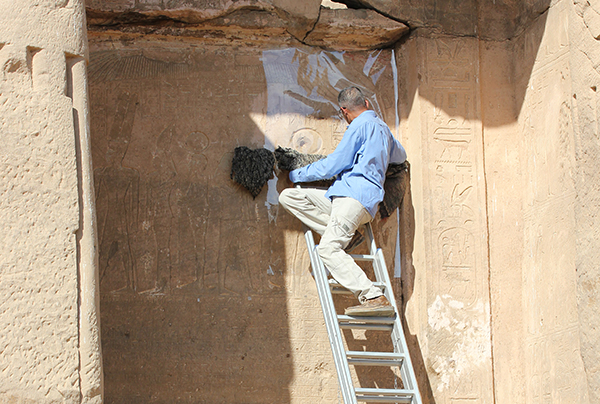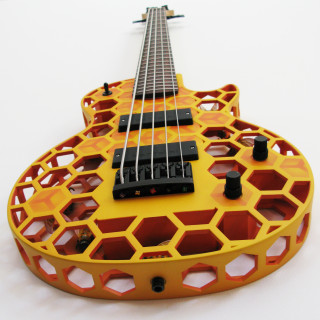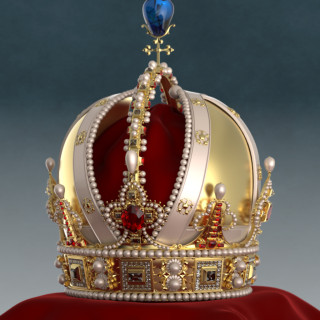Unique Egyptian finds studied in 3D
The Swedish-led Gebel el Silsila Survey Project in Egypt has made a number of exceptional discoveries. Among other objects, the team has discovered a stela – a relief design carved in a stone wall – with what are believed to be 2 500-year-old inscriptions. The researchers are using interactive 3D reconstructions to examine the finds in detail.
“What is unique about the stela is that it shows the gods Amun-Ra and Toth together. These two deities are rarely represented together”, says Maria Nilsson, project manager and researcher in archaeology at Lund University. “We believe that the combination is related to a connection with the moon. Our research indicates the existence of a previously unexamined moon cult.”
The international Swedish-led research project has been underway since 2012 and involves around 15 researchers. The group has made many discoveries in Gebel el Silsila, a stone quarry outside the city of Aswan, 850 km south of Cairo. The quarry supplied the stone for sites such as Luxor and other temple constructions in southern Egypt.
Another interesting find is that of two physical obelisks made of sandstone, abandoned in their original location due to a crack which appeared during the stone-cutting process. The engraved obelisks are represented in an image inside the famous monument of the Speos of Horemheb.
“What is spectacular about this find is that the scene is visible through a second scene which was engraved on top of it, and through stylistic comparisons we believe the underlying scene, showing a boat transporting obelisks, to be from the early 18th dynasty, possibly from the time of the famous female pharaoh Hatshepsut”, explains Maria Nilsson.
In order to more easily study and interpret engravings and reliefs, the archaeologists are using interactive 3D reconstructions. During the autumn, two other Lund University researchers have participated in the fieldwork – Stefan Lindgren of the Lund University Humanities Laboratory and Giacomo Landeschi from the Department of Archaeology and Ancient History. They have worked with photographic technology to generate 3D reconstructions of the monuments. The technology can be used to view the finds in different lights and from different angles, which makes it easier to make out the details.
Previous research teams that have worked in the quarry have thought that the location did not contain any significant ancient historical remains.
“We have found over 60 stone engraving sites with the flint tools used there, and documented around 5 000 engraved images and 800 texts since we started in 2012. We have refuted previous observations and thereby re-written the history of the location”, says Maria Nilsson.
Text: TT/Gisela Lindberg
Change the position of the 3D image and highlight the inscription. Link to Interactive three-dimensional image from the Humanities Laboratory, Stefan Lindgren
http://vr.humlab.lu.se/projects/3dhop/Rockart2.html






